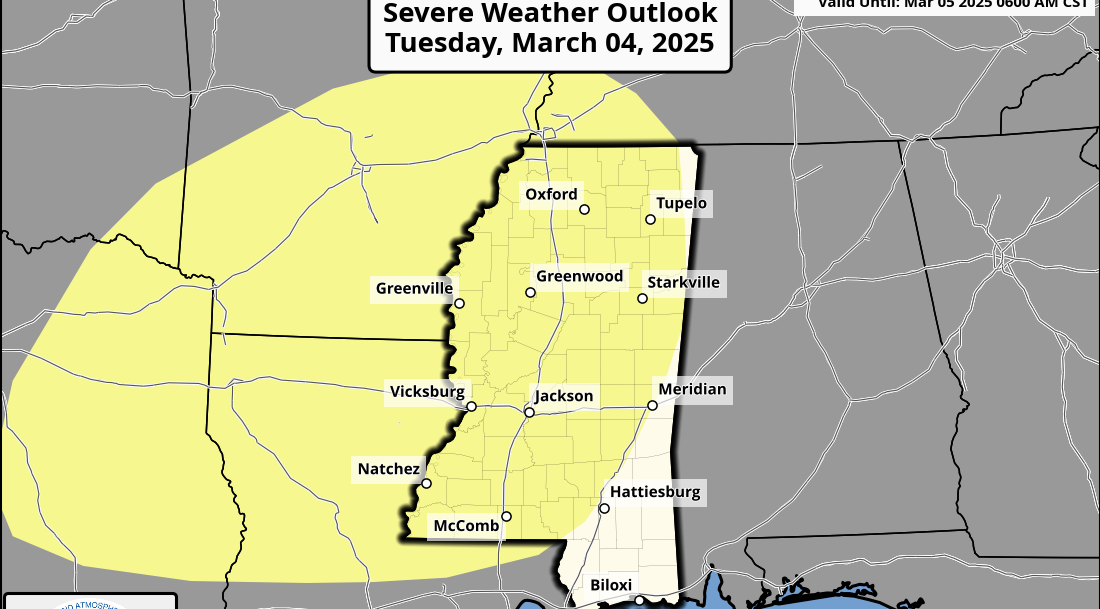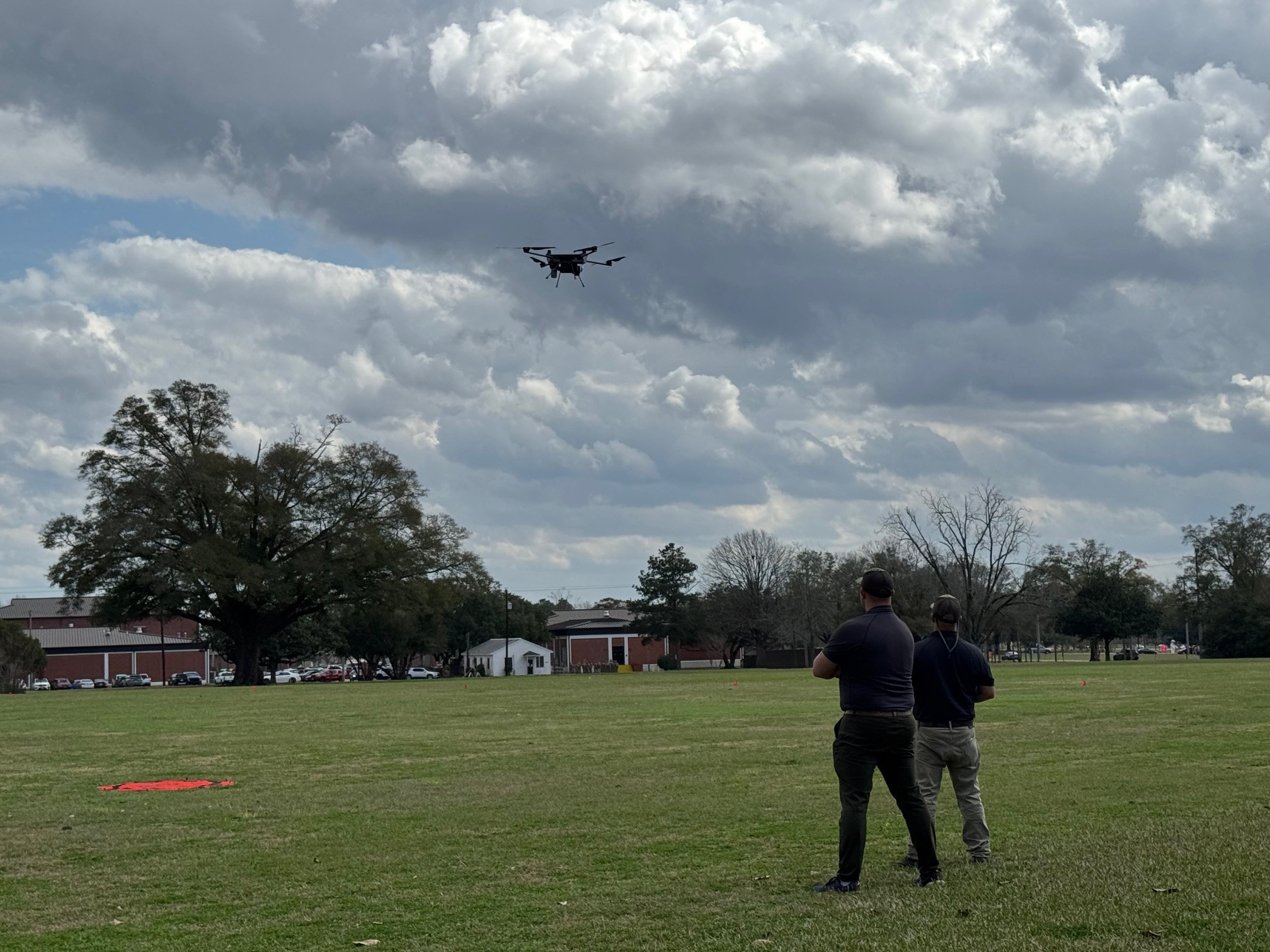Birmingham’s Southern Research uses innovative strategies to target Zika

Panelists discuss innovative findings to target the Zika virus. (Bruce Nix/Alabama NewsCenter)
Innovative approaches on a fast-track have boosted Southern Research (SR) to a leading position in the global scientific race to combat the effects of the Zika virus in humans, members of the Birmingham-based institute said Aug. 25 at a news briefing. SR also is playing a major role in communicating new research findings to local medical and first-responder personnel as well as the community, officials said.
The nonprofit organization of 500 scientists has created a microsite on the internet to keep people informed as soon as new findings and recommendations emerge rather than waiting months for the work to be published.
SR’s existing expertise and experience in mosquito-borne viral disease made it “uniquely positioned” to provide basic research on how the disease behaves, scientists said.
Birmingham’s Southern Research uses innovative strategies to target Zika from Alabama NewsCenter on Vimeo.
Zika causes extreme damage, called microcephaly, to the developing fetal brain when a pregnant woman contracts the disease, especially when it takes place in the first trimester of a pregnancy. Transmission is either by a vector’s bite or by sex with an infected person, whether man or woman. CDC travel advisories are now in effect for visitors to outbreak areas. One panel member warned that sexual transmission of the virus is likely to become more important than mosquito transmission.
The virus now is present in mosquitoes in the Miami area and there is concern it will spread widely. Home-grown Zika has infected a reported 29 people in Alabama and 43 in Florida, briefing officials said.
Global concern over the spread of the mosquito-borne virus has mushroomed since the disease started spreading in Brazil in early 2015. “Right from the beginning, Southern Research recognized the challenge and that we had the expertise in-house to address important basic questions about the virus and identify tools to discover and develop therapeutics for it,” said Jonathan Rayner, Ph.D., director of infectious disease research, division of Drug Development.

Panelists discuss Southern Research’s effort to prevent transmission of the Zika virus. (Bruce Nix/Alabama NewsCenter)
Early this year, experts developed a plan of action and self-funded projects to develop tools to prove their capabilities. It paid off quickly. In March, SR announced the development of an antiviral test that researchers everywhere could use to detect the Zika virus in infected cell cultures and to evaluate how well potential vaccines and therapies work at preventing disease spread.
Soon, officials from the National Institutes of Health were beating a path to SR’s door with money in hand for more research. In July, SR received a contract worth as much as $3.9 million to develop a nonhuman primate model of Zika virus infection. The model will be used “for the evaluation of new vaccines and therapeutics in efficacy studies sponsored by the National Institute of Allergy and Infectious Disease (NIAID),” Raynor said.
He added that the model will allow researchers to look at the natural development of the Zika virus’ different African, Asian, and American strains, partly to find out why the American strain that started in Brazil wreaks so much damage.
Timothy Sellati, Ph.D., chair of the Infectious Disease Department, division of drug discovery, said work with the animal model will help researchers study how the virus causes disease. “In the lab, we can look at individual cell types within the developing brain and understand how the virus interacts with the cell surface – how it gets inside and replicates, and how that results in death of that cell,” he said. “This gives us invaluable insight as to how to target pathways to prevent the virus from causing that damage.”
A vaccine to prevent the disease transmission is one target of SR’s efforts, Sellati said, but there also is a need to find a treatment for women who are or will become infected, he said. For pregnant individuals, “we need to especially figure out how, therapeutically, we can protect the precious cargo they’re caring so they can come to term and deliver healthy babies instead of those with neurological disorders.”
Fetuses are more vulnerable in the first trimester when the cerebral cortex of the brain is developing its early “building blocks” for future healthy growth, he said. Without them, he said, “there’s no ability to develop the neurological capability that you’d associate with a healthy newborn.”

Rossi Carlson, Advanced Marketing Specialist, was one of the panelists. (Bruce Nix/Alabama NewsCenter)
Panel member Sarah Ziegler, Ph.D., sees early dissemination of research findings at SR and elsewhere as important to helping further studies and keeping the health professional, law enforcement, fire-fighting and emergency response community informed. For example, she said, CDC advisories about sexual transmission recently were updated to highlight that infected women can pass the disease to their male or female partners. “We also can tell them that+ there’s been no documented transmission of disease from infected patients to those professionals,” she said.
Ziegler also is involved in taking scientific discoveries from the laboratory bench to clinical use. “We’re working in real time to talk with doctors and nurses and others about what we’re finding in research,” she said. “We don’t always have time to wait for the peer-reviewed publication of our results, so I make myself available to tell individuals and groups to about them.”
Much about Zika is still unknown, and that’s scary to many people, Ziegler said.
With its Zika microsite and by making its expertise available to the news media and concerned persons and groups, SR is offering itself as a go-to place for the latest information, according to Rossi Carlson, advanced marketing specialist and member of the panel. “We decided early this year that we will get out of the usual scientific comfort zone and be more active in putting our experts in front of the public,” she said.
The nonprofit organization posts research results and other information as soon as available, she said. In addition, the federal contract with NIAID requires SR to share nonproprietary data publicly as soon as available while also maintaining the scientific integrity of the research.
What can be done to avoid infection from Zika? Ziegler said travel advisories are important for people to keep up with. “It’s also important to think about mosquito control,” she said. “We can start that now, even though the disease is not in our area yet. We can look at controlling standing water, at least.” Effective mosquito repellent is also advised.

Audience members listen to Southern Research’s findings concerning the Zika virus. (Bruce Nix/Alabama NewsCenter)
Sexual transmission of Zika probably will become more important to target as a preventative measure, as mosquito-control programs in the U.S. are generally effective, Ziegler said. “It’s disturbing to think about this being a sexually transmitted disease now. Condoms and other means are important to use. Our research has shown that in primates the Zika virus stays for a prolonged time in the testes – up to 40 days.”
Although U.S. mosquito control is effective, genetically modified mosquitos can also stamp out the mosquito population, Sellati said. Although the use of such technology in a south Florida community has created public controversy, he thinks the highly targeted strategy is “a brilliant idea.” In fact, he said, “It may be much easier to target mosquitos, ticks and small animals that cause disease because they’re part of the cycle of life of those vectors.”
Among SR’s unique resources applicable to Zika are specialists in developmental and reproductive toxicology, Rayner said. In addition, the institute has a successful history of drug discovery and development as well as basic research in other diseases carried by mosquitos, such as dengue and West Nile virus.
Southern Research’s Aug. 25 panel was part of Birmingham Innovation Week meant to showcase the advances and entrepreneurship in various areas taking place in the metro area as well as foster collaboration between innovators.





